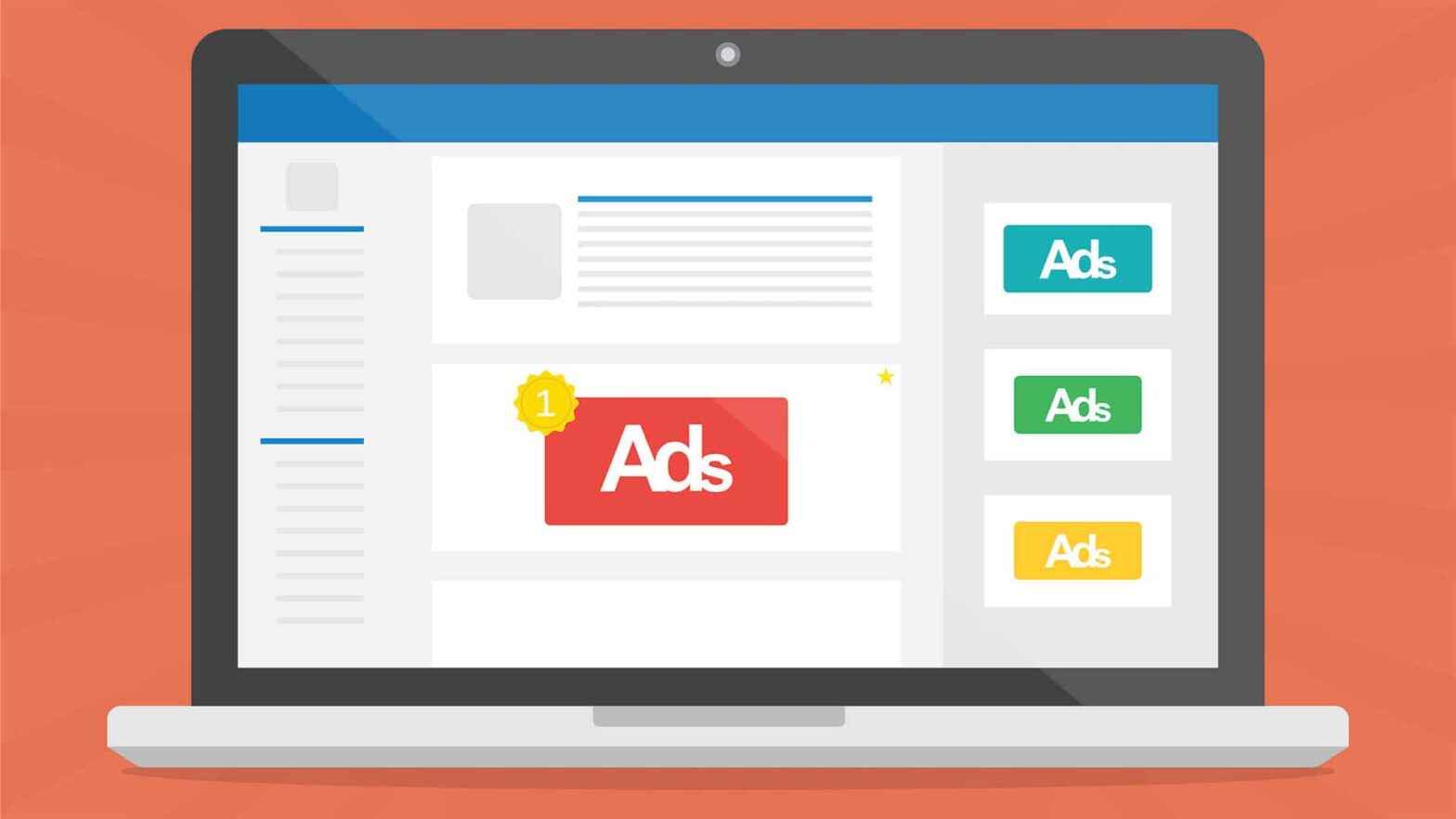How to measure ad viewability
On websites, advertisers have relied upon metrics like click-through rates, and the number of impressions in order to price their ads. Knowing how many people are likely to click on an ad on a specific website page, or how many people view a page helps assign value to ad locations.
What is ad viewability?
Ad viewability is the measure of whether an ad had a chance to be seen by the user. Viewability helps marketers by providing metrics on the number of times their ads actually appear in front of users.
Every ad format has metrics that the advertiser can use to determine user interaction with the ad. Some metrics may be clear such as a click—this is similar to thinking about the number of people watching a show on TV, or the number of listeners tuning into a radio station. These types of metrics are easily quantified.
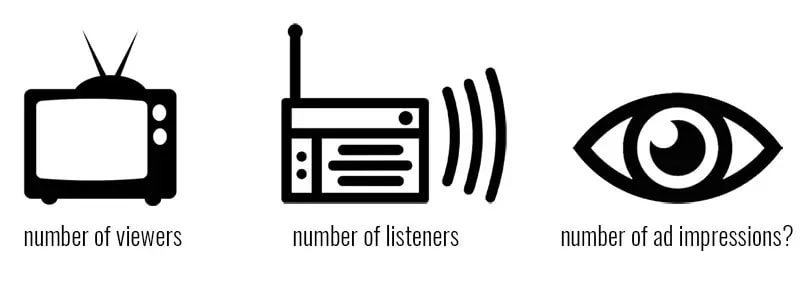
While clicks are relatively easy to measure—viewable ad impressions, on the other hand, are trickier. We know how many ad impressions are served, but how many are actually seen? Ad viewability is determined by a percentage of the ad showing for a certain period of time. Google and IAB use the standard: 50% of the ad for 1 second.
How do advertisers define ad viewability?
The real dilemma comes into play when advertisers are trying to define an ad’s value for inventory priced by impressions. Without knowing how much of an ad can be seen and for what amount of time makes it very difficult to confidently establish an ad’s worth.
Meanwhile, advertisers may be able to see trends in purchases or brand awareness, but how much of that is directly due to internet exposure and how much from other media channels?
But does it really matter? The realist might say ‘no, not really, the market will price the inventory taking account of the non-viewed proportion, thus current rates already reflect the market value.’ But seen from another perspective, if ad inventory on one page can be proven to have better viewability, it might make that page or website more attractive to advertisers.
To try and get a better feel for the effectiveness of internet ads, Google AdSense and other ad networks have introduced viewability metrics, which allow advertisers to see how much of their ads are being seen and for how long.
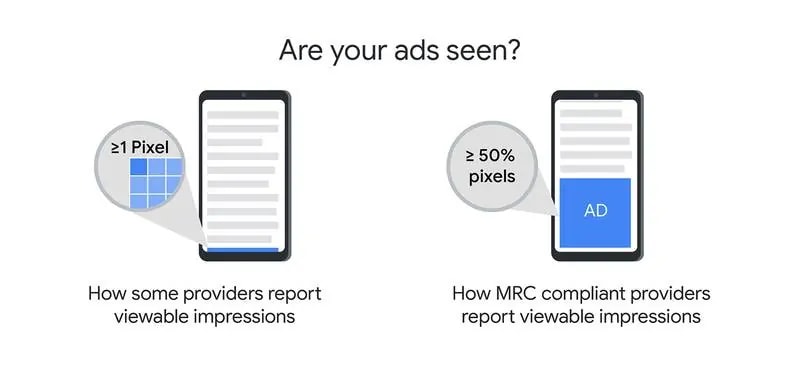
These metrics also allow publishers to optimize their inventory based on what placements have the best viewability. In theory, this should let advertisers price their ads better and develop more effective online marketing campaigns, while publishers give their sites an edge over their competitors.
How does Google Adsense measure viewable impressions?
Google sees viewable impression counts replacing served impressions as the most important metric for all campaigns over time, meaning only measured viewable impressions will be counted. Thus advertisers will know how many times an ad was actually seen, making an assessment of the impact of their ad spend much easier.
Knowing which inventory provides the biggest ‘bang for their buck’ will likely impact the choice of inventory, and sites with higher viewability metrics will become more attractive to advertisers.
Publishers, on the other hand, will have a clearer picture of what inventory is most valuable, which helps them optimize in a way that encourages visitors to those pages or sections.
Google has recently announced some new metrics and tools to help publishers and advertisers track the impact of viewability and other networks will likely follow suit. These Active View optimization tools for advertisers will allow a better way to programmatically buy viewable impressions, while the Active View metrics for publishers will help them track the viewability of ads on their sites.
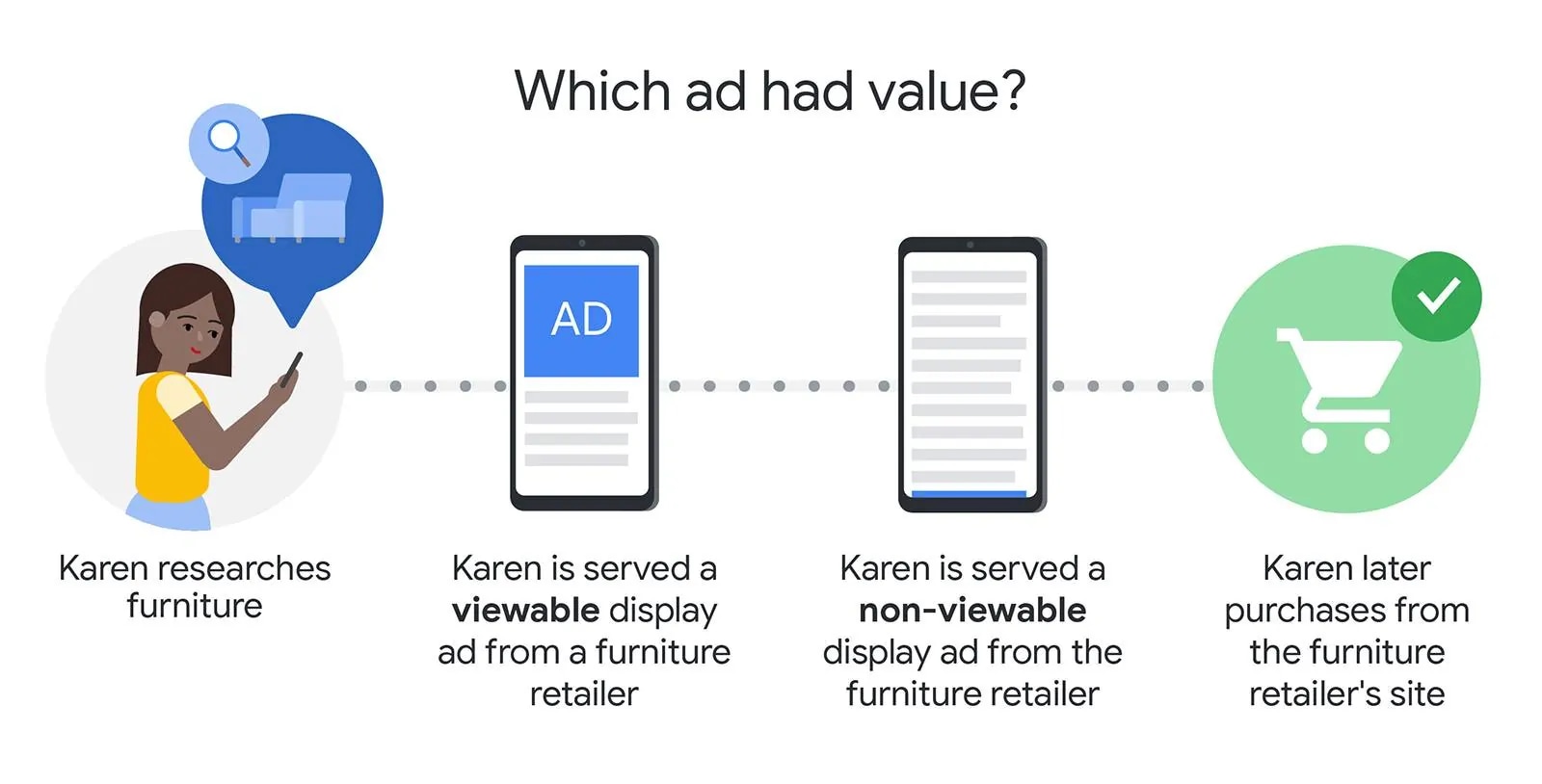
It’s not certain what impact the increased awareness of ad viewability will have on the relationships between buyers and sellers, but we can be sure it’s here to stay, so it’s wise to keep up to date with developments.
How to increase ad viewability
If you want to increase ad viewability, chances are you are looking to improve this metric to increase the value of your ads. Before you try to address ad viewability, you have to think about the dynamic relationship between website ads, visitor experience, and the value of ad inventory to advertisers.
Despite popular belief, all ads are not bad for user experience. This is because all visitors arriving on a site behave differently.
The link between ad value and ad viewability exists because advertisers don’t want to pay for ads that people are ignoring or not engaging with.
Also, the principle of supply and demand comes into effect when we start looking at how ads impact the way advertisers adjust their bids over time. Ads might dilute each other, or they might provide a higher value to advertisers when shown in different combinations on certain pages.
So, what’s the solution? A/B testing? Not quite. We’ve shown that A/B testing has the potential to lower your revenues over time if you’re not careful how you implement the results.
The solution is to test thousands of different variables on a per-visitor basis that affect user experience. Some of these visitor behavior attributes are the time of day, day of the week, traffic source, device type, scroll depth, and geographic location.
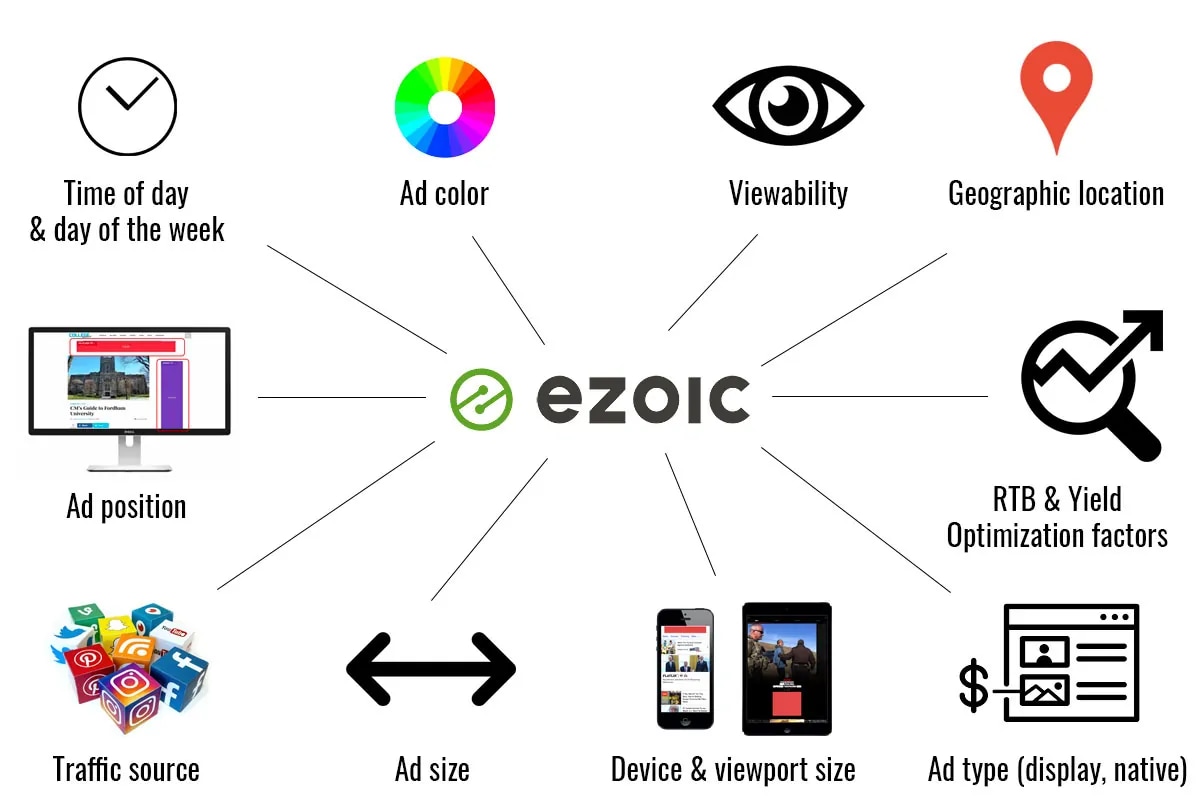
Some of the ad attributes to test are ad color, ad size, ad type, ad location, ad density, ads per page, and ads per pageview.
To test these different attributes on a per-visitor basis, even with a large team of people, would take an unimaginable amount of time. Ezoic’s machine learning software has the ability to test all these different attributes and hundreds more for every single website visitor coming to your site, instantaneously.
Wrapping up ad viewability
Over time, being able to continuously optimize to account for visitor behavior will increase user experience metrics like engagement time, time on page, and page per visit.
When these metrics increase, the more ads are being seen, which leads to a higher ad viewability. Ad revenues have been shown to increase alongside improved user experience metrics.
Do you have any questions on ad viewability? Let me know in the comments.

